The deep ocean is not just another part of our planet, but a dark and pressure-laden world filled with creatures and phenomena that defy our understanding.
It’s a place where only the bravest venture and where the true scale of nature’s variety and inventiveness is on full display. Dive into the eerie and fascinating aspects that make the deep sea a place of both nightmares and wonder.
Unbearable Pressure
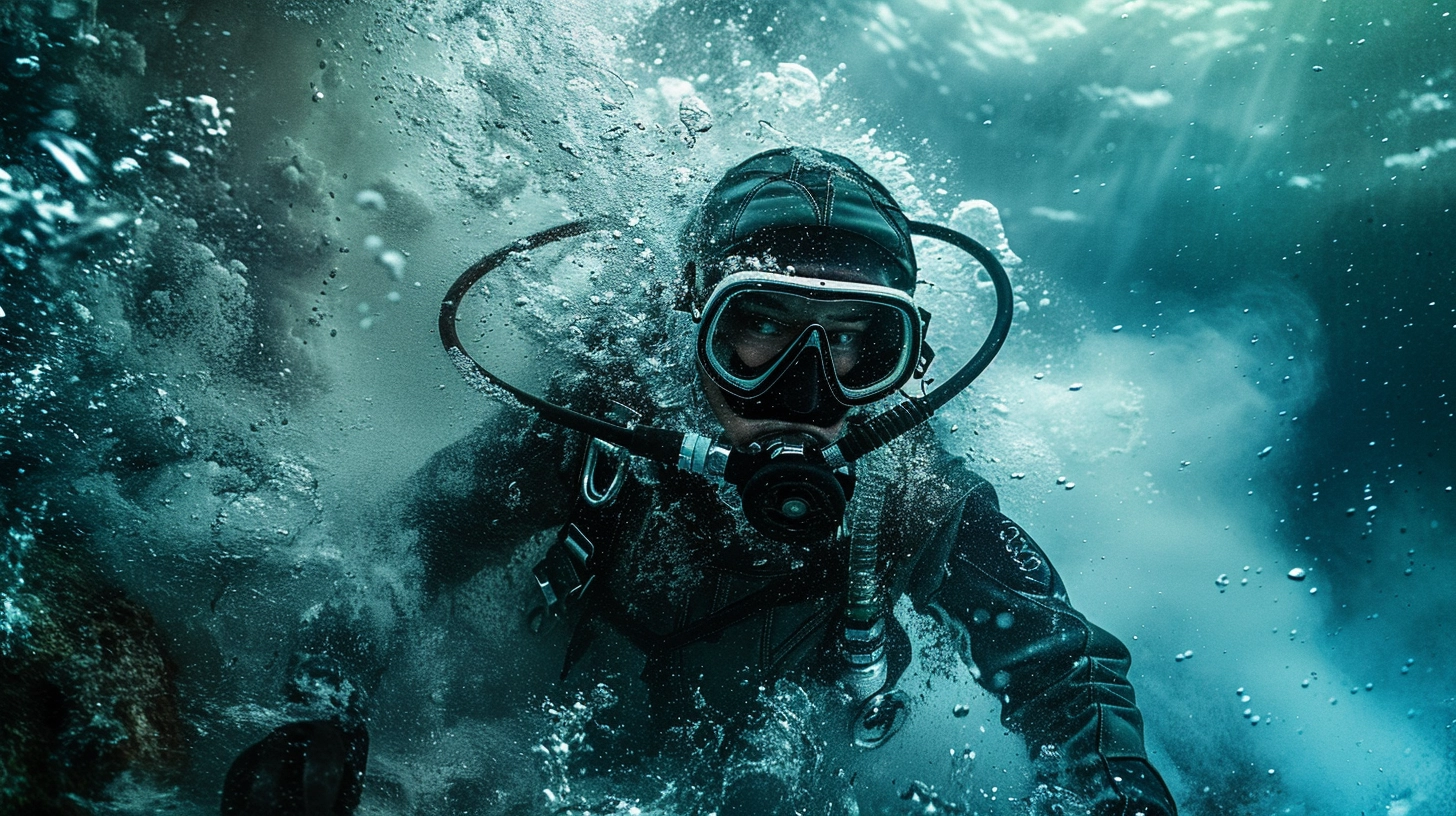
The deep sea has extremely high pressure, as much as 16,000 pounds on every square inch, similar to the weight of several jumbo jets pushing down on a small area. This intense pressure challenges the survival of any normal machinery and human exploration without specialized equipment.
Perpetual Darkness
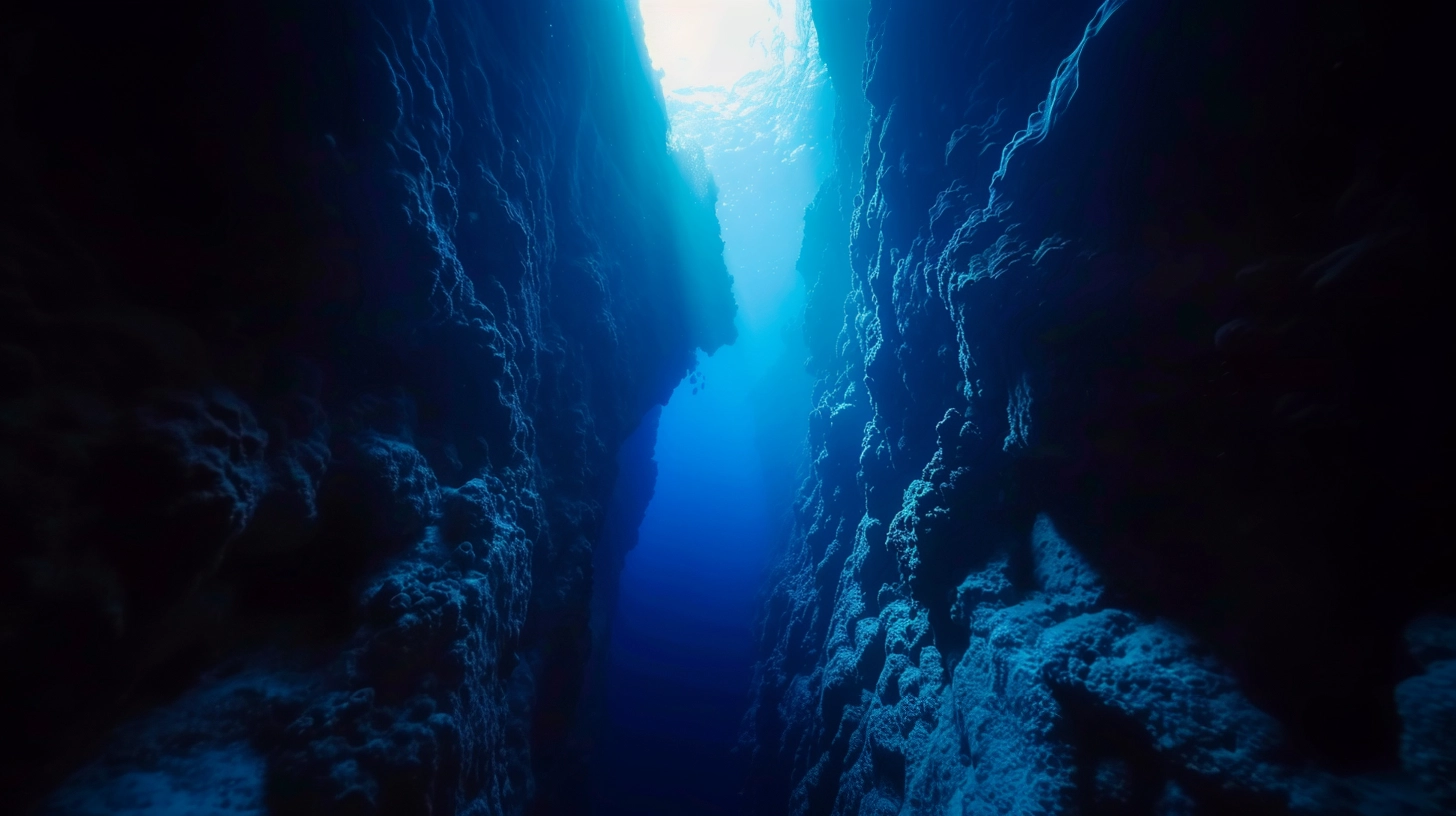
Deep beneath the waves, where the sun’s rays cannot reach, the ocean becomes a realm of perpetual darkness. In this shadowy world, many marine species have developed a fascinating adaptation known as bioluminescence, which allows them to emit light.
This natural glow serves various purposes, such as luring unsuspecting prey closer, warding off potential predators, or even communicating with others of their kind. This ability to produce light is a remarkable evolutionary response to the total absence of sunlight in their environments.
The Colossal Squid: A Deep Sea Giant
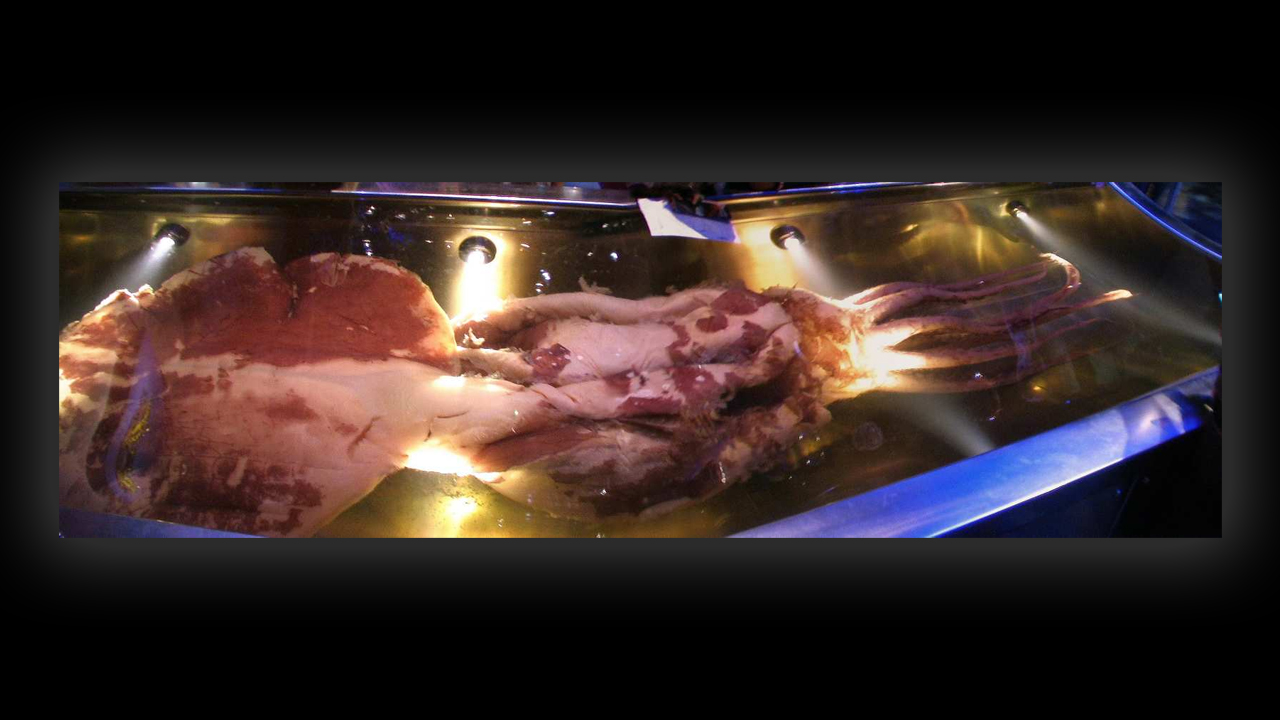
The biggest colossal squids recorded are about 33 to 39 feet long. They have the largest eyes of any animal, as big as dinner plates, which helps them see in the very deep, dark ocean. Their tentacles have sharp hooks, which makes them strong predators capable of catching large fish and maybe even small whales.
The Nightmare of the Deep: Anglerfish
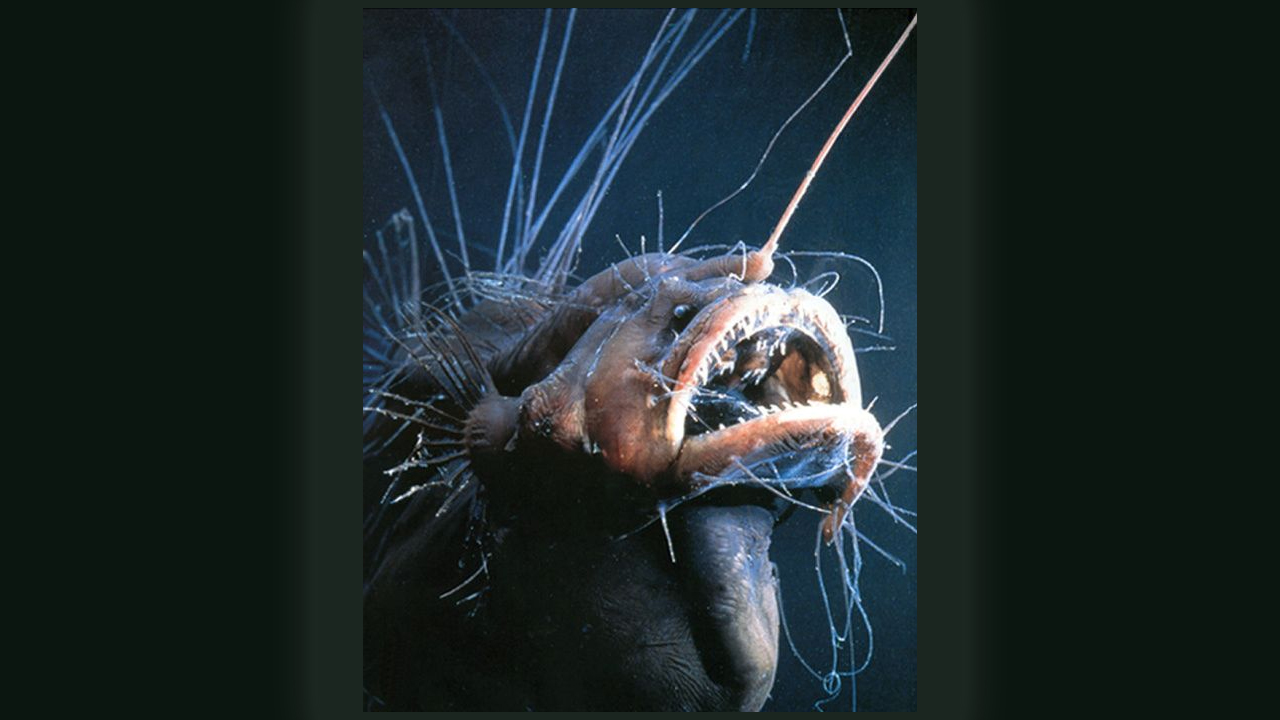
With a grotesque appearance characterized by a large head, sharp teeth, and a glowing lure, the anglerfish embodies the terror of the deep. It uses its light to deceive prey before ensnaring them with its formidable jaws.
The Mariana Trench: Earth’s Deepest Abyss
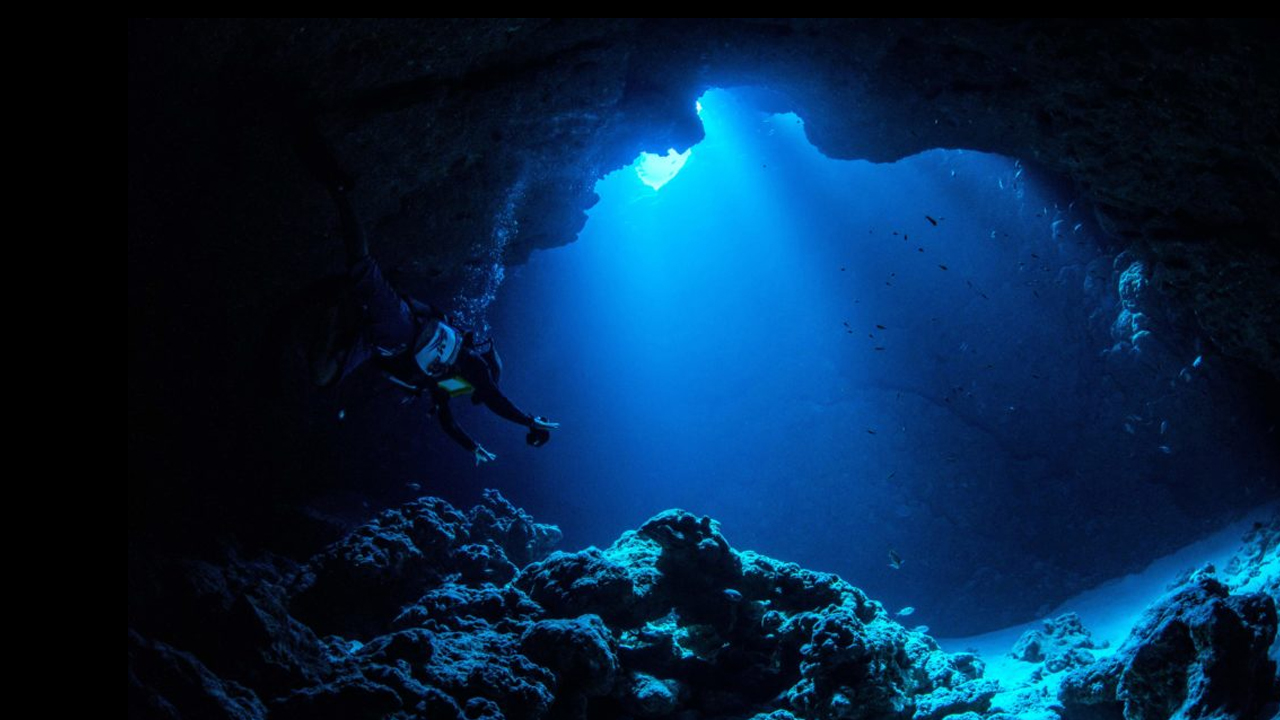
The Mariana Trench is the deepest spot in the ocean at over 36,000 feet deep. If you put Mount Everest, the tallest mountain, into this trench, the top of Everest would still be a mile underwater.
The Mysterious Vampire Squid
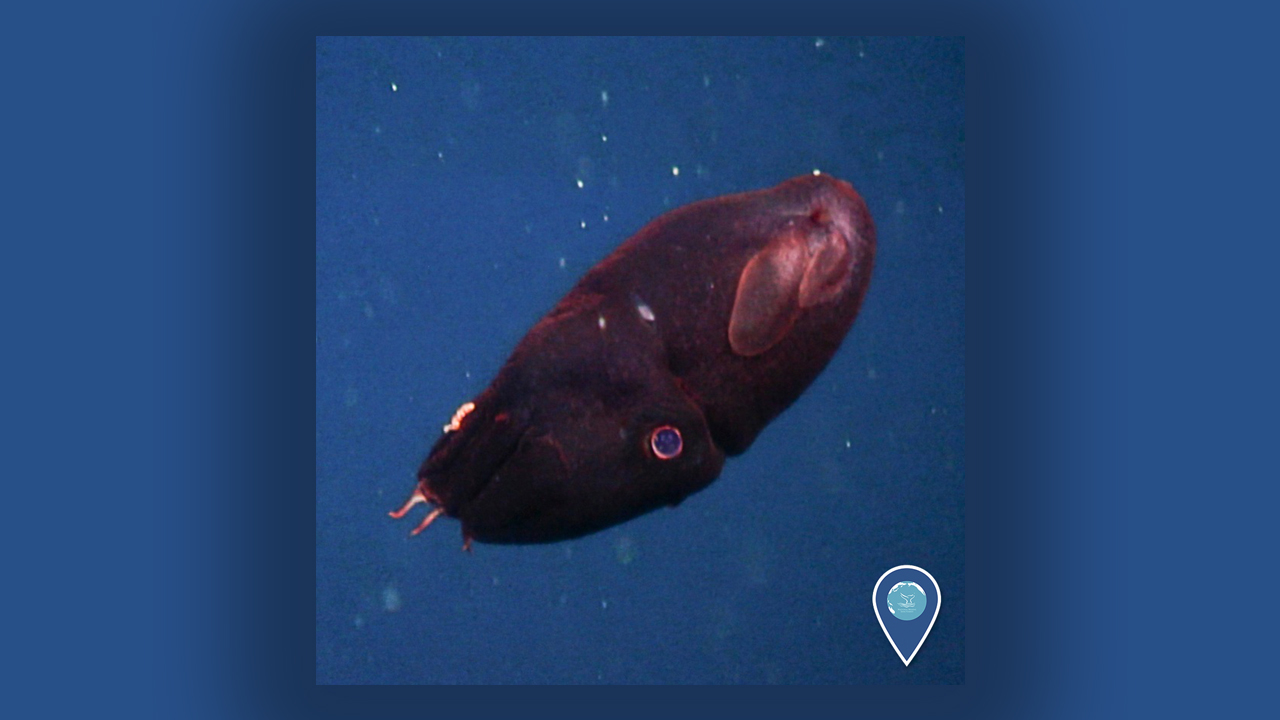
Contrary to its name, the vampire squid is a harmless creature capable of inverting its spiky skin to ward off predators. Its eerie appearance and unique defense mechanism make it a fascinating study of deep-sea survival strategies.
The Goblin Shark: A Living Fossil
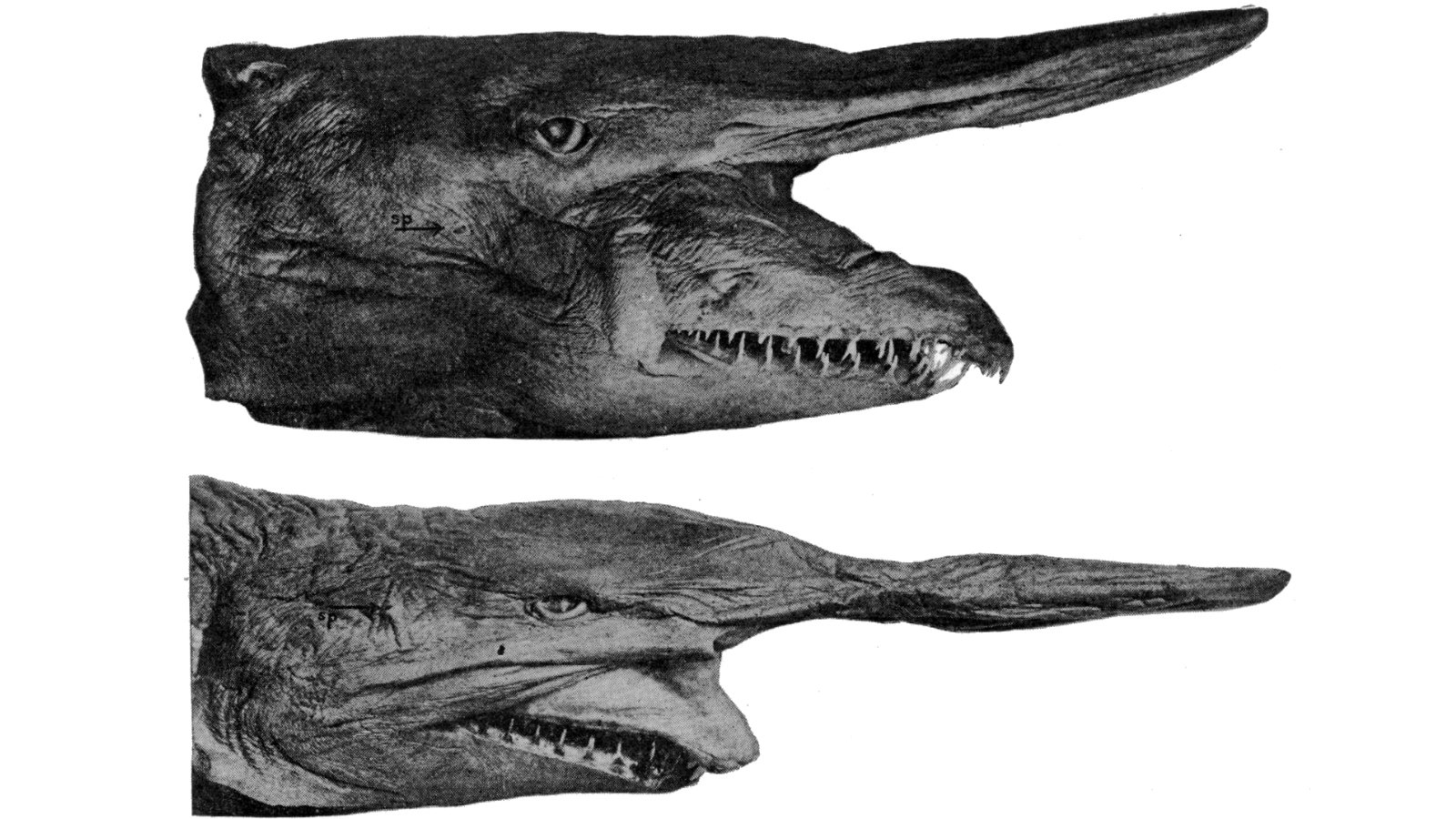
The goblin shark lives deep in the ocean and looks quite eerie. It has a very long snout and a jaw that can shoot forward to catch food. Its old and unusual features have earned it the nickname “living fossil,” as it gives us a glimpse into what some ancient sharks might have looked like.
The Gelatinous Blobfish
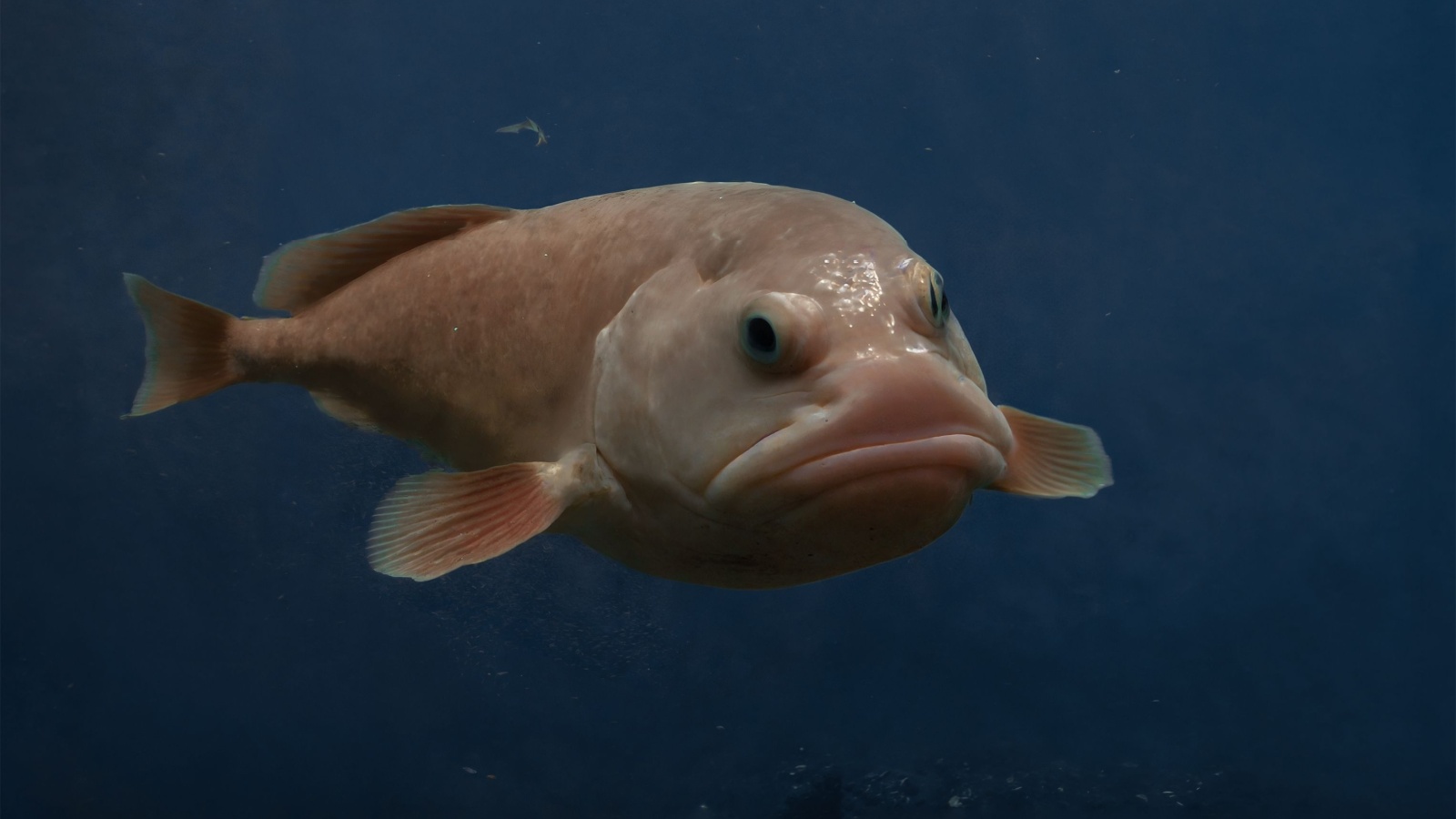
Often dubbed the world’s ugliest animal, the blobfish’s gelatinous structure allows it to withstand tremendous pressure while conserving energy by floating above the seafloor.
The Enigmatic Giant Isopod
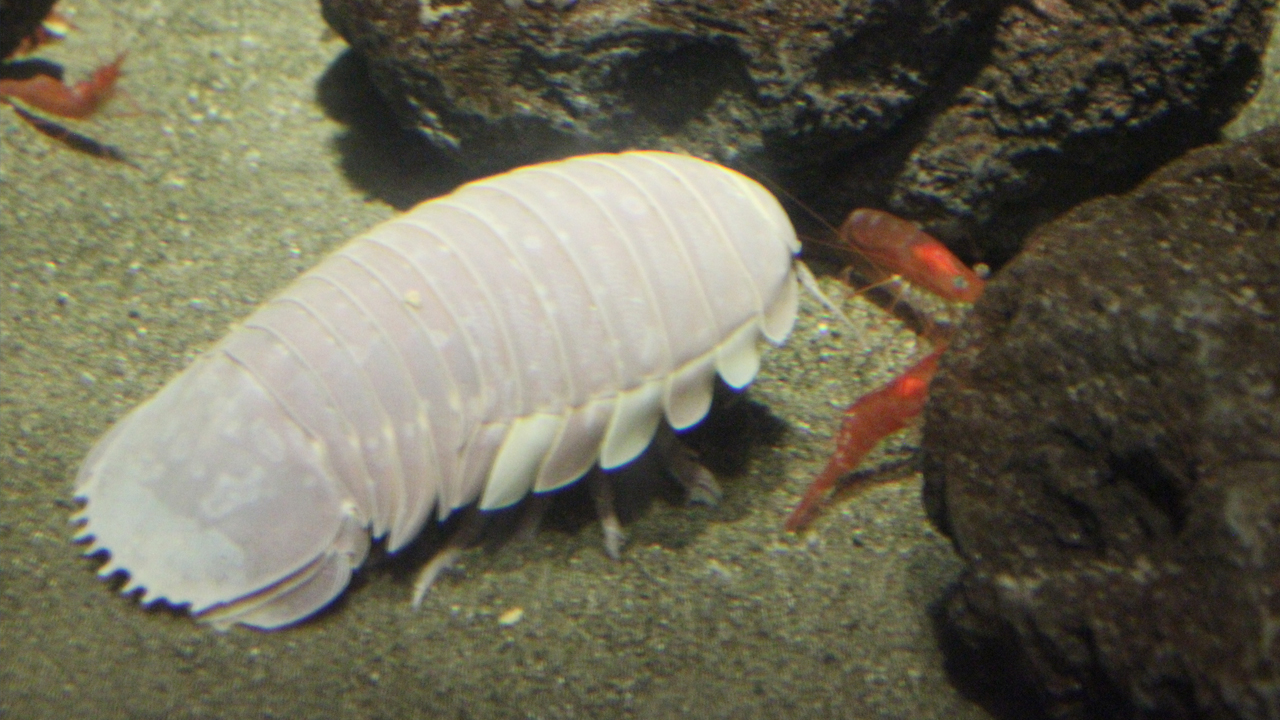
Resembling a giant pillbug, the giant isopod can reach lengths of 2.5 feet and is known to survive years without food. Its scavenging nature reveals much about the food chain in the deepest parts of the ocean. As scavengers, they eat the remains of dead fish on the ocean floor, helping to keep the deep-sea ecosystem clean and balanced.
The Terrifying Viperfish
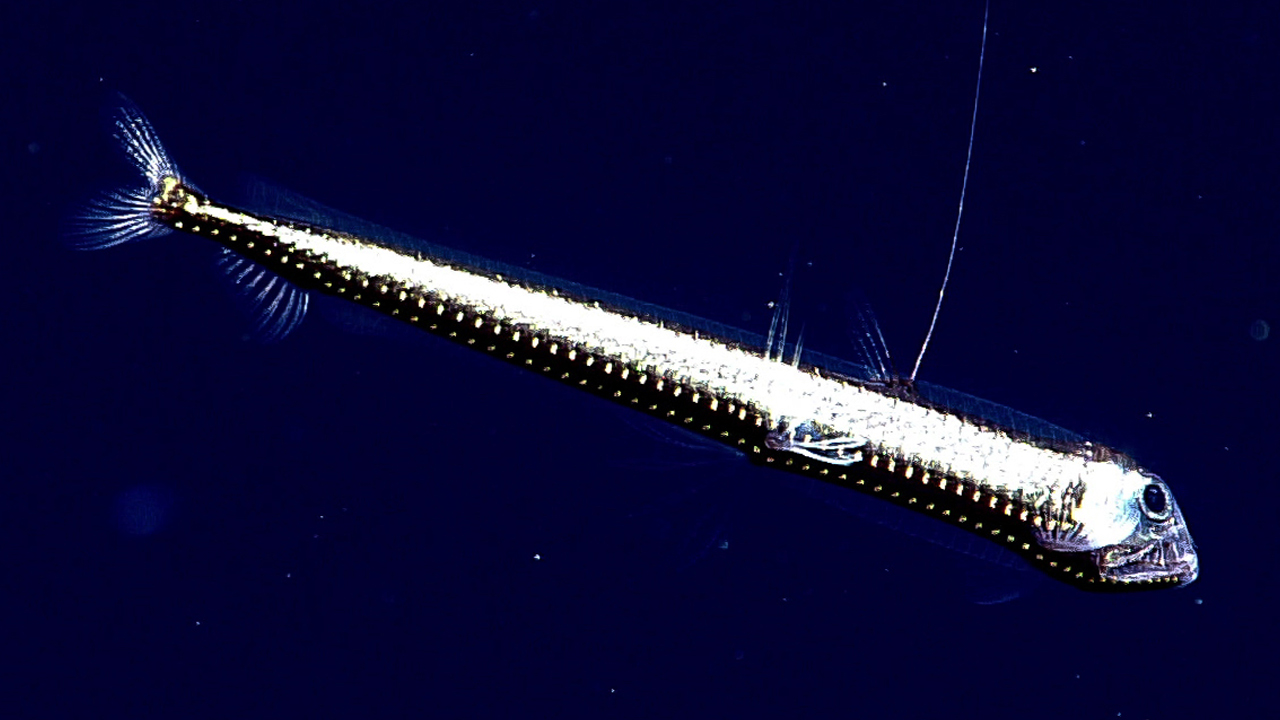
With fangs so large they can’t fit inside its mouth, the viperfish is one of the ocean’s most iconic and chilling predators. It uses its sharp teeth to impale victims with lightning-fast strikes.
The Black Swallower’s Feeding Frenzy
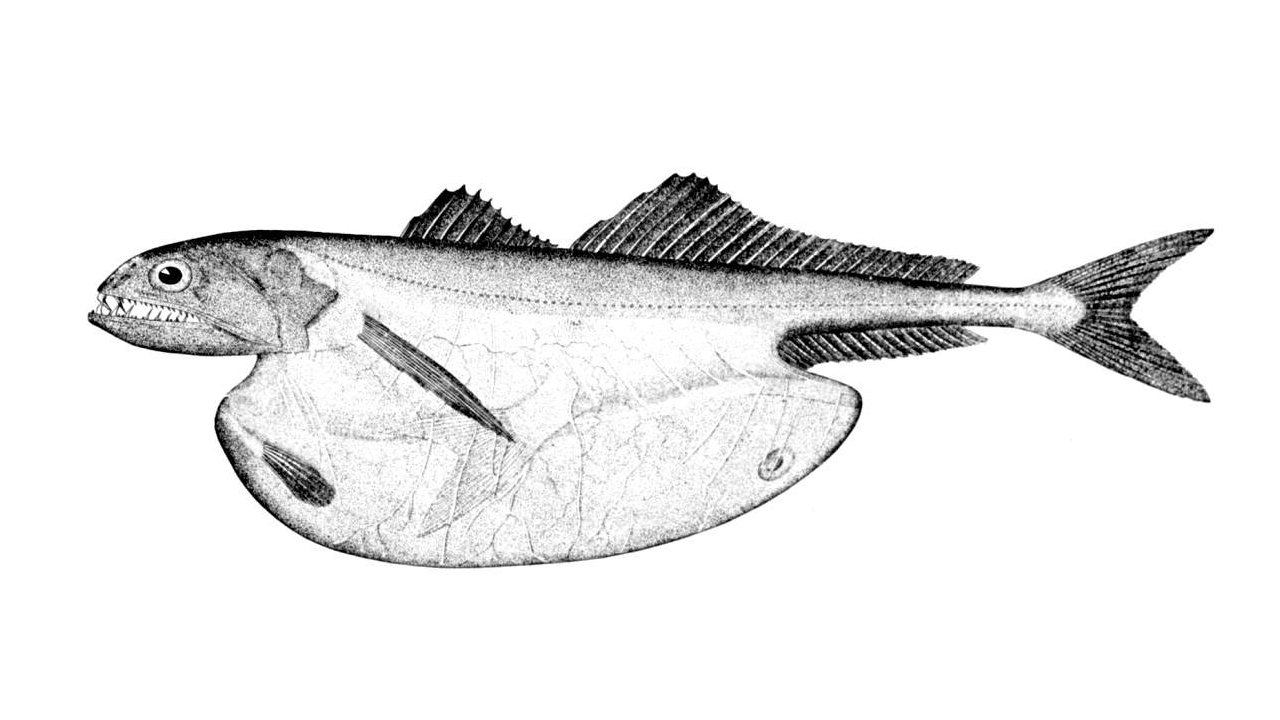
Capable of consuming prey much larger than itself, the black swallower can extend its stomach to engulf and digest enormous meals, demonstrating a bizarre adaptation to scarce food resources.
The Transparent Barreleye Fish
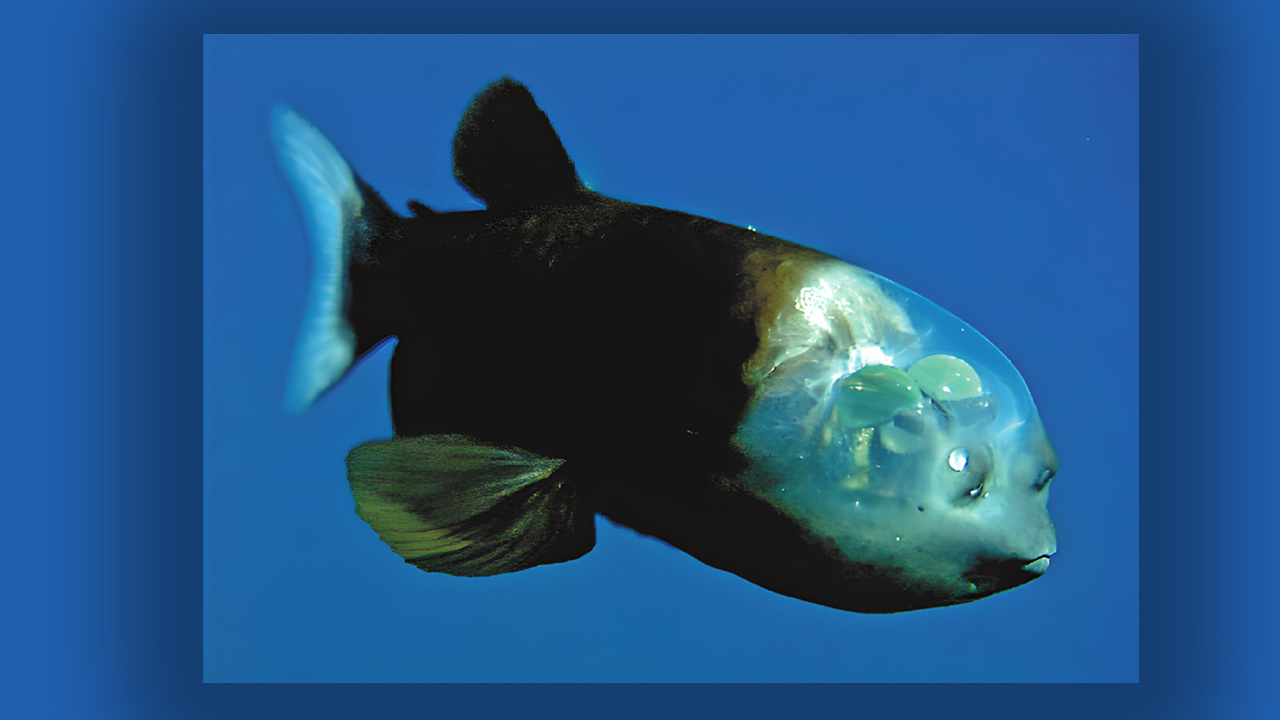
With a completely transparent head, the barreleye fish can look straight up through its dome-like skull to watch for prey or predators. Its unusual adaptation provides a clear advantage in the murky waters.
The Peculiar Gulper Eel
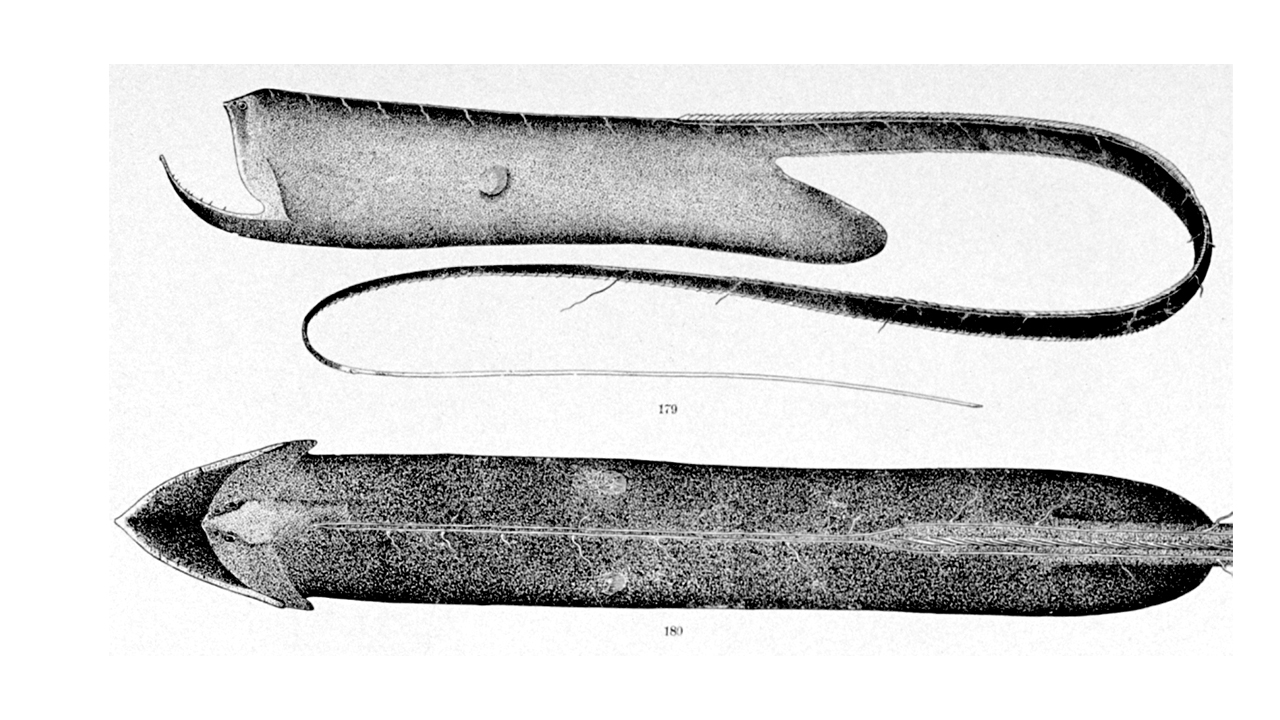
Known for its massive mouth and expandable stomach, the gulper eel can swallow things much larger than itself, a crucial adaptation for surviving in nutrient-poor environments.
The Alien-like Siphonophore
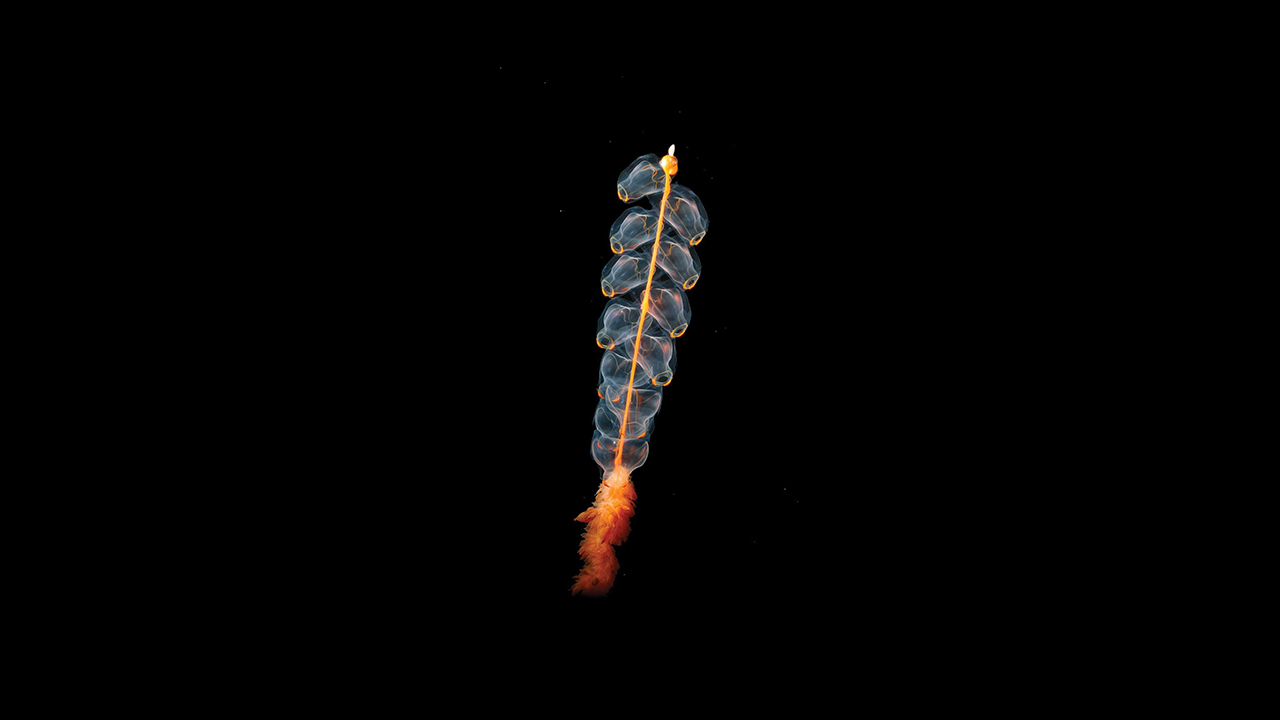
Not a single creature but a floating colony, the siphonophore can grow over 130 feet long, making it one of the longest creatures in the world.
The Primitive Frilled Shark
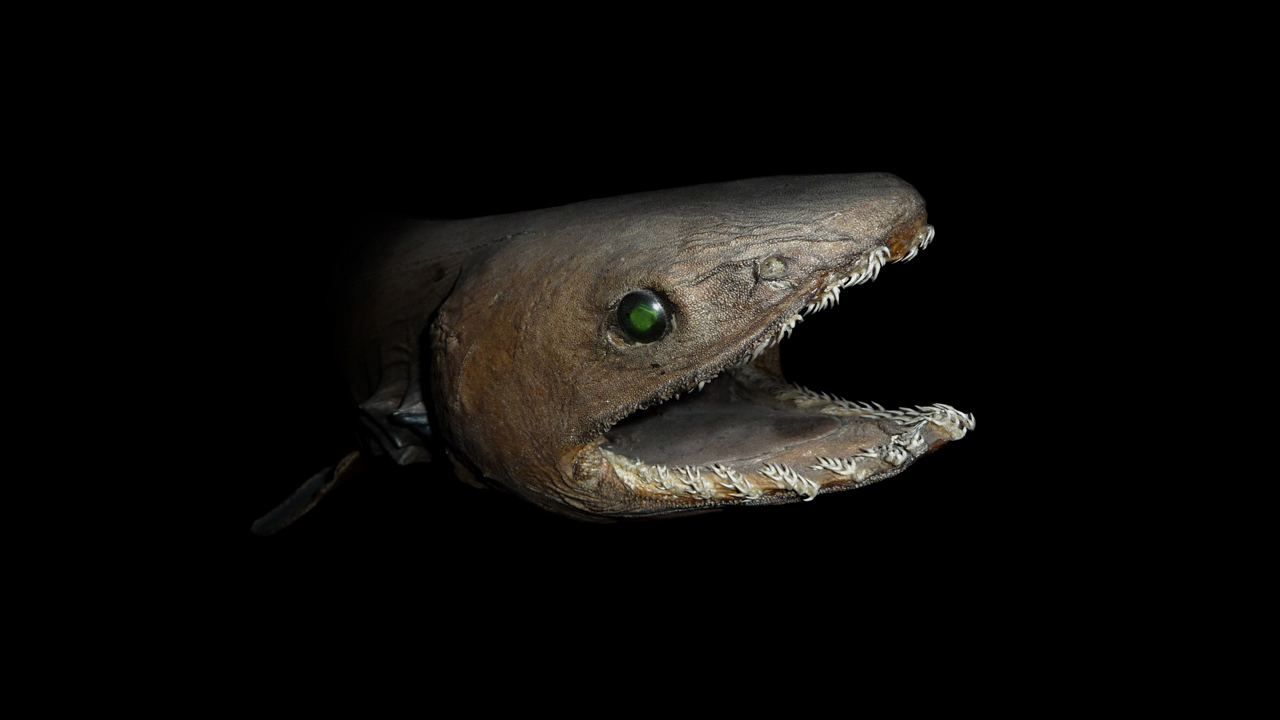
This shark’s eel-like body and prehistoric features offer a glimpse into the evolution of sharks. Its method of capturing prey by lunging forward and swallowing it whole has remained unchanged for millennia.
The Mysterious Megamouth Shark

Discovered only in 1976, the rare megamouth shark remains an enigma. It uses its enormous mouth to filter feed in the deep sea, and its sightings are a rare treat for scientists.
The Enigmatic Pelican Eel
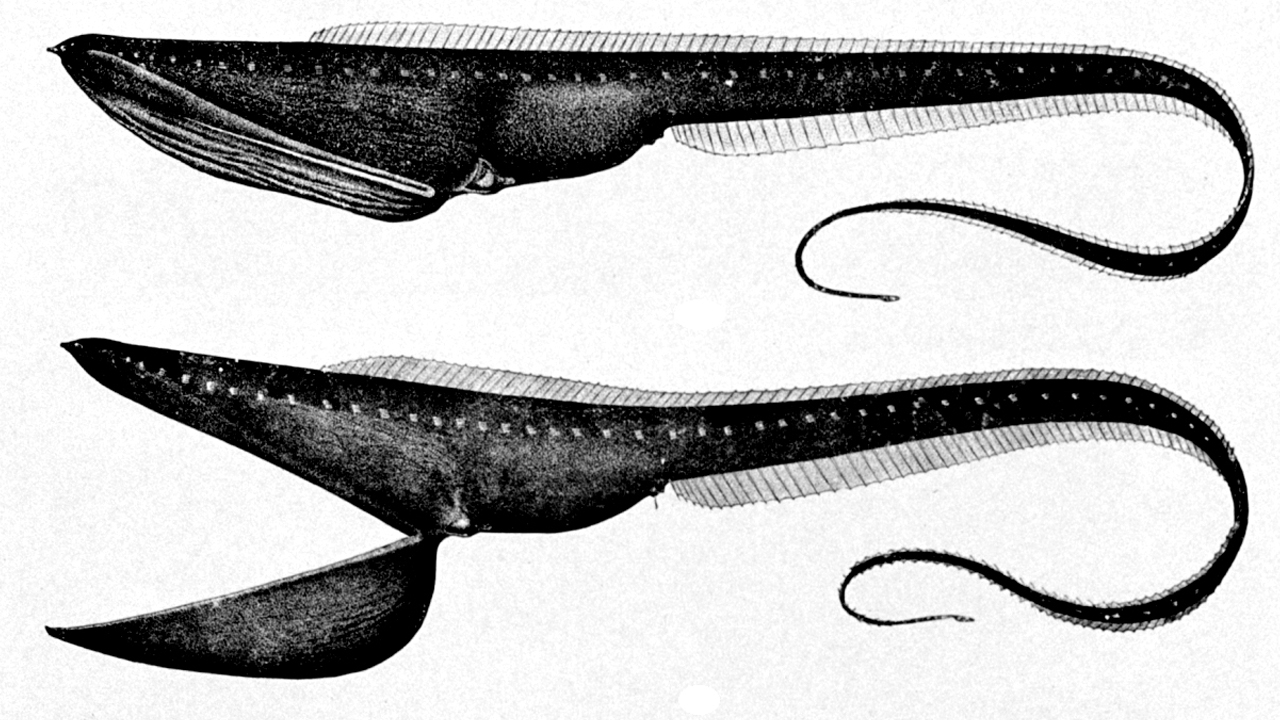
The pelican eel’s jaw can unhinge to swallow large amounts of water and prey, an extreme feeding method that highlights the bizarre adaptations of deep-sea life.
The Terrifying Fangtooth
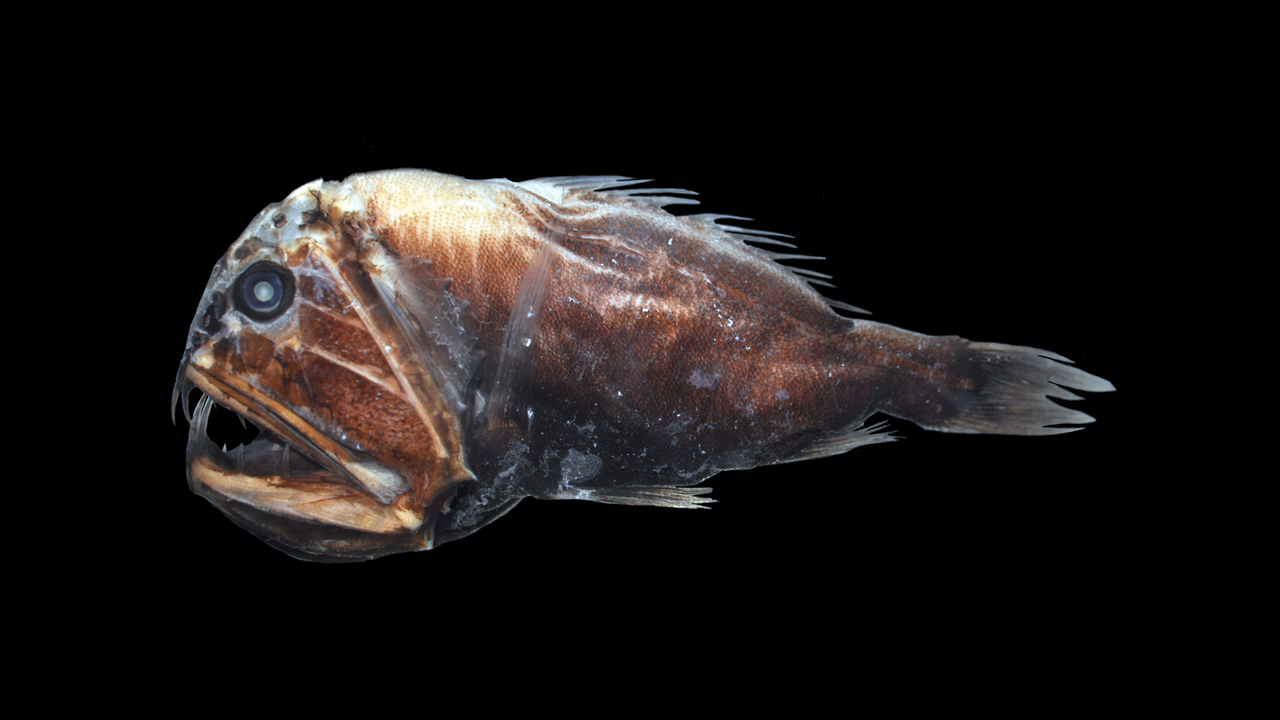
Owning the largest teeth proportionate to body size among fish, the fangtooth’s menacing appearance is well-suited for the brutal conditions of its habitat.
The Elusive Giant Squid
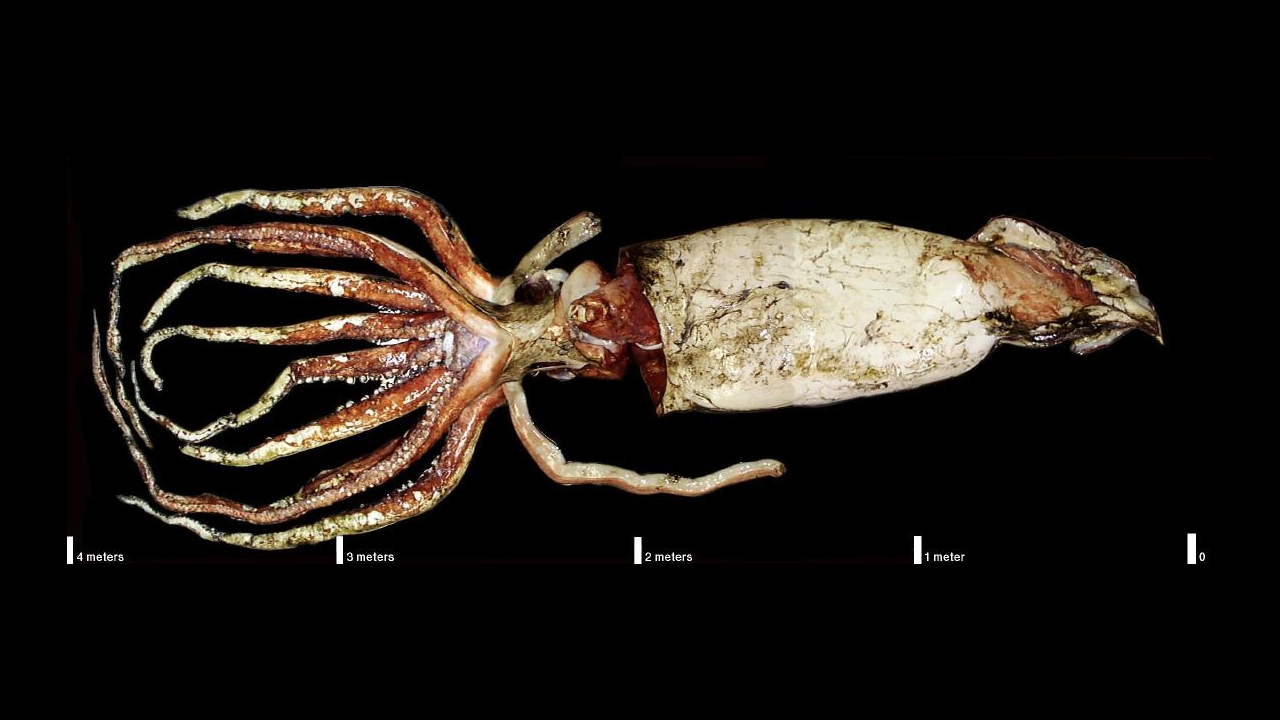
The giant squid remains one of the deep ocean’s most mysterious creatures. Capable of reaching lengths of over 40 feet, it epitomizes the unexplored wilderness of the deep sea.
The Ghostly Chimaeras
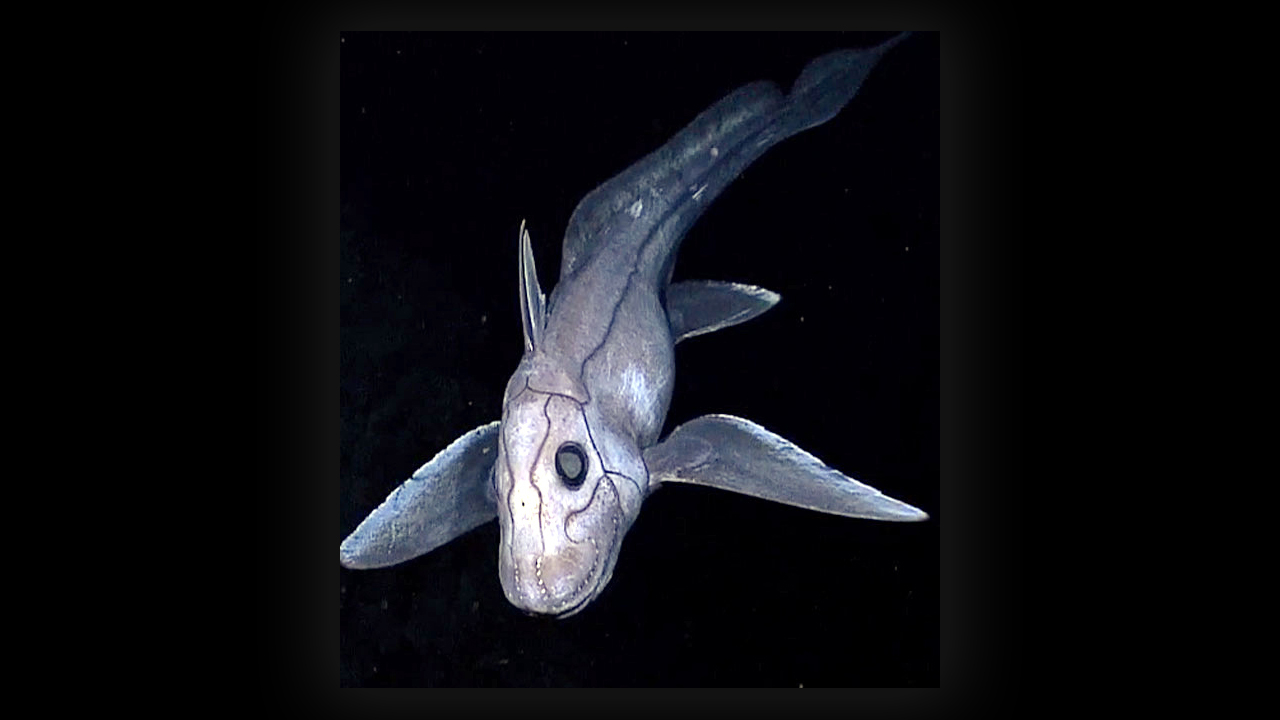
Ghost sharks, also called chimaeras, are related to but are not actually sharks. They belong to a group called Chondrichthyes, which includes both sharks and rays, but ghost sharks are in a different subgroup that split from sharks about 400 million years ago.
Ghost sharks have been around for a very long time, even before the dinosaurs. They first appeared more than 360 million years ago. They’re known for their strange looks and slow movements, which make them seem ghost-like and have made researchers curious about them for years.
The Vast Unknown

What truly makes the deep sea terrifying is how much remains unexplored. With only a fraction of its depths studied, the ocean holds more mysteries and unknown species than we currently comprehend.
Every venture beneath the waves can lead to astonishing discoveries, reminding us of how much there is yet to learn about our own planet.